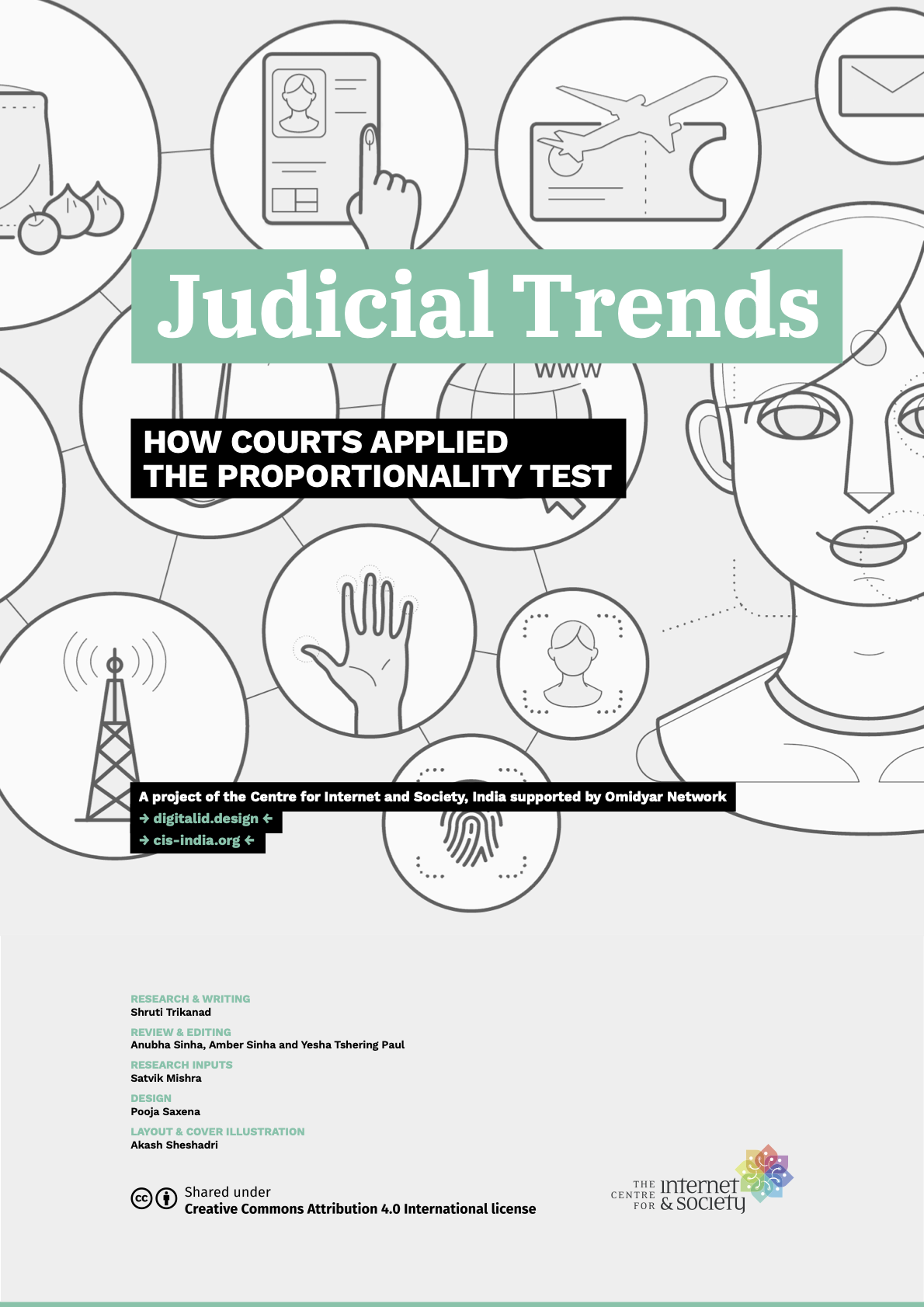Judicial Trends:
How Courts Applied the Proportionality Test
This is the second in a series of essays aimed at studying the different ways in which apex courts have evaluated national biometric digital ID programs of their countries.
In this essay, we focus on the core privacy challenge of the cases, and the standard of judicial review against which the ID programs were tested. We found that the legal tests applied by the courts were largely similar across cases, but small variations in their applications led to ultimately different decisions and outcomes. This essay will highlight some key differences and misapplications of the legal tests, and show how these potentially impacted the final outcome. The four cases discussed are the Aadhaar case in India,1 the Huduma Namba case in Kenya,2 the Robinson case in Jamaica,3 and the Madhewoo case in Mauritius.4*
* For a background on these cases, please see Judicial Trends:How Courts Look at Digital ID Programs.

